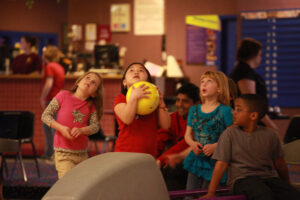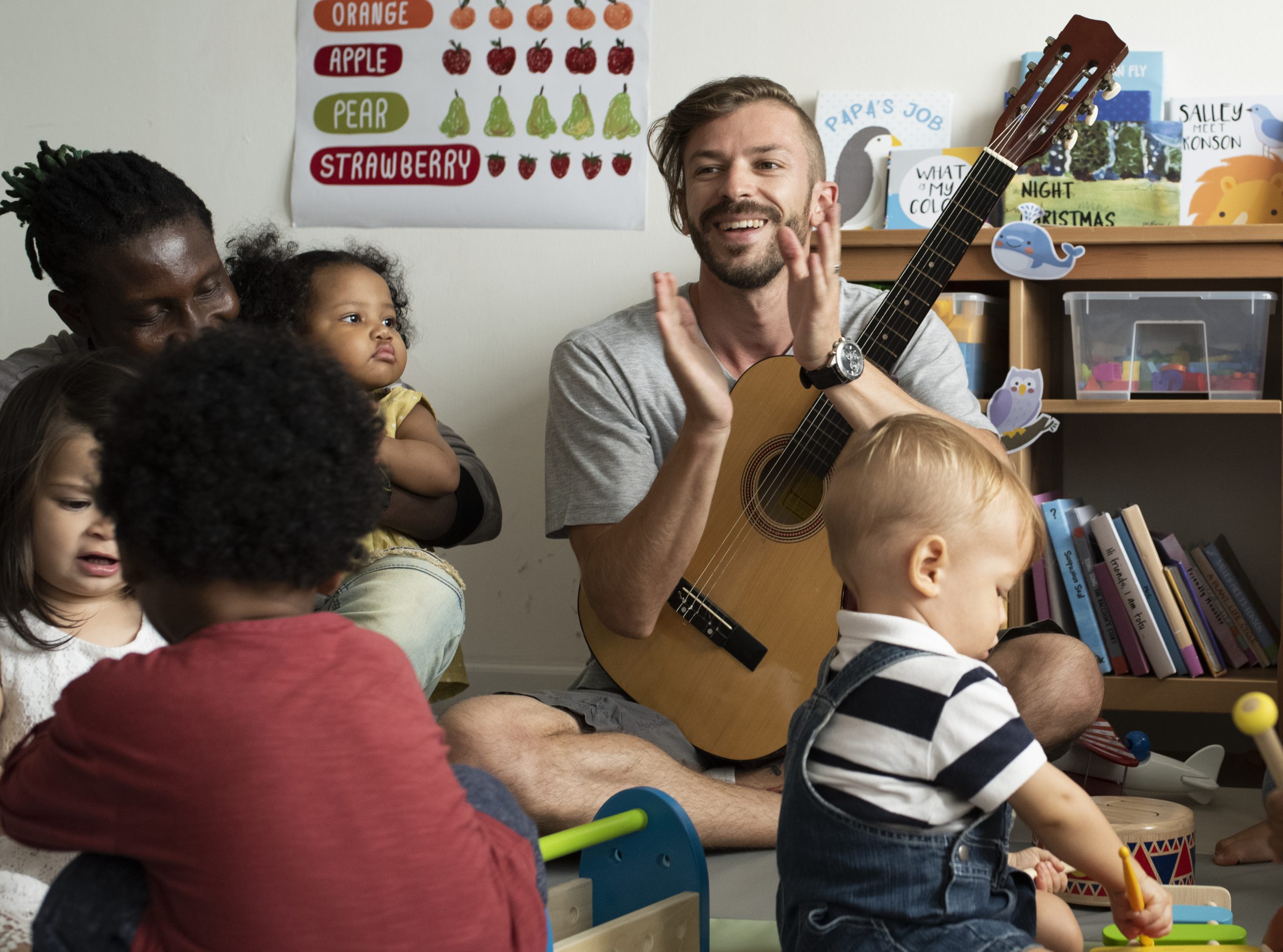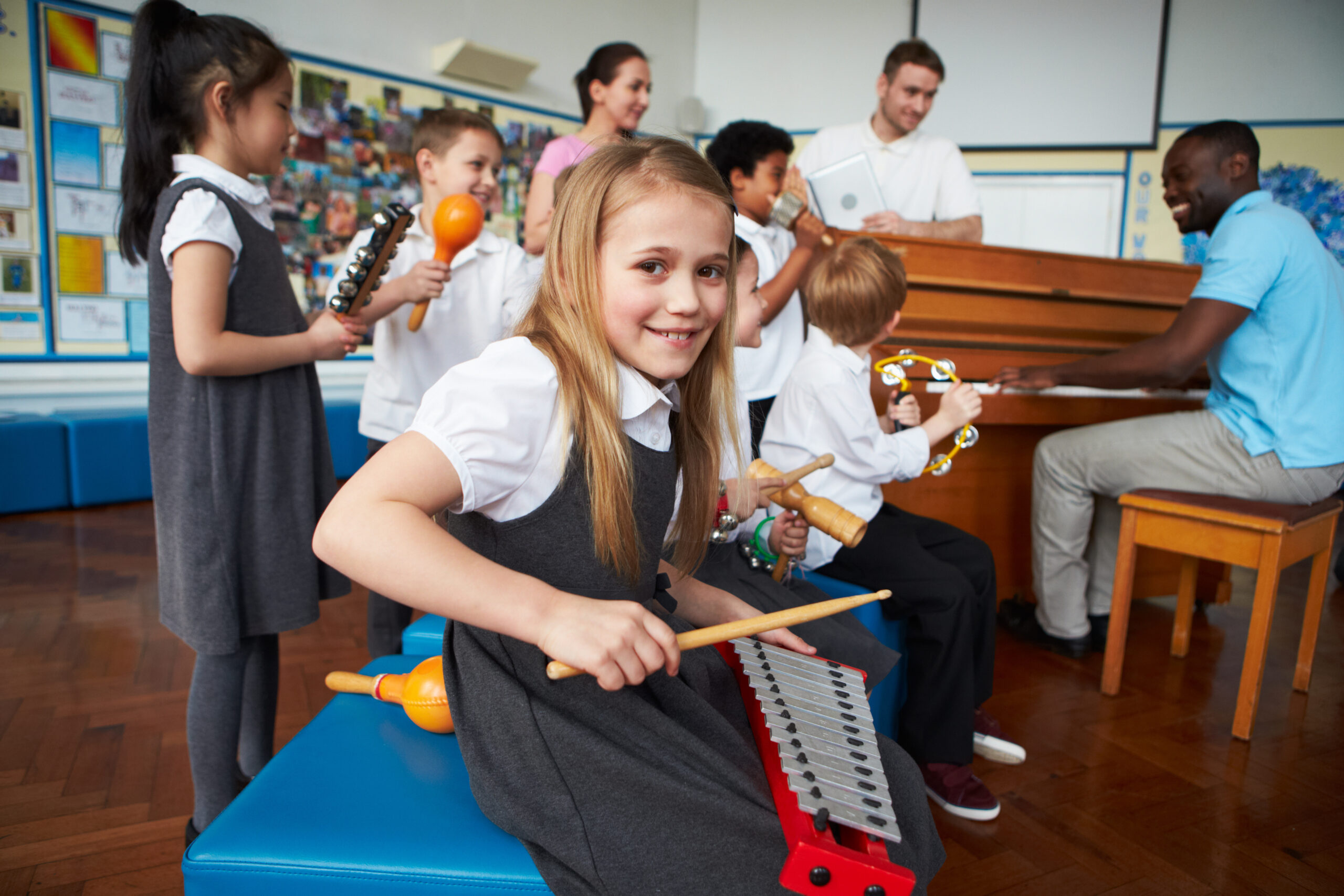
Why diversity?
Whether in history, perhaps crystallized in our minds, or in our everyday modern experience, people have always interacted, mingled and congregated and will continue to do so. However, from an individual perspective, our backgrounds may sometimes seem totally different. This may include several cultural and social aspects. Awareness may also differ with regard to our ethnic lineage, our common descendance being long forgotten. Nowadays, it sometimes seems that even getting to grips with basic differences such as age, gender or even language as a bare means of communication, is a lot – too much – on some people’s plate. Still, diversity is not only a cumbersome challenge. Above all, it should offer numerous enriching possibilities. Diversity is all about dynamics.
If regular school life is already a laboratory, musical education requires its participants to be forerunners in handling diversity dynamics. Regardless of their differences, music allows both musicians and their audiences to blend in. Whether it’s a everyday music class, a workshop, a choir practice or an orchestral performance… Music joins people into that momentum of shared experience.
Music may well be one of our deepest common identity layers. We might have forgotten how language originally evolved. Basic rhythmic chants that allowed our ancestors to jointly perform a task. Many times, their actual survival would depend upon their ability and willingness to work together. You don’t have to be a music anthropologist, to feel that atavistic vibe. Nowadays, it may be an intimistic acoustic performance, somewhere in an almost derelict chapel or just as much a resounding mass festival act. It is as if music offers a direct entry to our deeper souls.
How does that all connect to those who actually teach and learn to better perform music in all those music school classrooms? As an essential common language, music in a way shortcuts differences between participants. Being both common means and goal, musical education has this unique natural advantage. It allows us to tune into different approaches, to profit from crosscultural influences, to easily adopt different styles in speed and variation when learning and teaching.
 Meanwhile, both virtually and in real life, our world is one that continually has to cope with a bigger crosscultural scope. This will inevitably entail certain frictions. From a classroom perspective, it could lead to teachers reflecting upon their tasks and how on earth to maintain professional standards, with all those diverging influences. In the long run, self-assessment is always a useful tool. There will inevitably be some negative spill-over. No (wo)man overboard, as long as it doesn’t lead us to feelings of failure, or even worse, inertia or apathy.
Meanwhile, both virtually and in real life, our world is one that continually has to cope with a bigger crosscultural scope. This will inevitably entail certain frictions. From a classroom perspective, it could lead to teachers reflecting upon their tasks and how on earth to maintain professional standards, with all those diverging influences. In the long run, self-assessment is always a useful tool. There will inevitably be some negative spill-over. No (wo)man overboard, as long as it doesn’t lead us to feelings of failure, or even worse, inertia or apathy.
In the 21st century, more than ever, people realise that building their own vision and achieving personal happiness for each individual is inextricably linked to providing every conceivable opportunity for development. Creating these development opportunities is the main issue today for every form of education, including music education. Offering every student a comprehensive basic care ensures more equality and social justice on the classroom floor.
However, this intense pursuit of equality is also the core of the challenge for education in the 21st century.
This is how Paul Schnabel put it:
“(…) favoring equality means favoring differences.
If negative differences are often deeprooted, we might be able to overcome those social vertical gaps and create understanding. Diversity, pluralism and pluriformity are part of the solution, not part of the problem(…)”
This is undoubtedly a time of numerous opportunities. Unfortunately how to gain access to those opportunities is equally becoming more and more of a challenge. Politics is becoming more and more mass-mediatized, one world, too many personal bubbles.
How to attend to every need and enable all (music) education participants to step up, will inevitably include values on social equality and fairness. This works best from a bottom-up perspective, starting from the classroom. This is why the diversity theme deserves a lot of exposure on the mix platform.
Did you find this resource useful?
Create an account to bookmark this article!
Read more about
Related articles
All posts- age
- ambition
- awareness
- chord symbol
- class practice
- classroom environment
- co-teaching
- collaboration
- composing
- context
- creativity
- cross-cultural
- cultural reflection
- customs and traditions
- developmental disabilities
- differentiation
- diversity
- exercise
- games
- gender
- genre
- group lesson
- improvisation
- individual lesson
- keyboard harmony
- language
- learning achievements
- learning disabilities
- learning environment
- life-long learning
- ludodidactics
- motivation
- music theory
- musical
- peers
- piano
- play
- playfulness
- poverty
- practical
- reflection
- remediation
- role play
- school organization
- self-study
- social context
- special needs
- stereotyping
- talent
- teacher
- teacher skills
- theoretical
- video
- wellbeing





